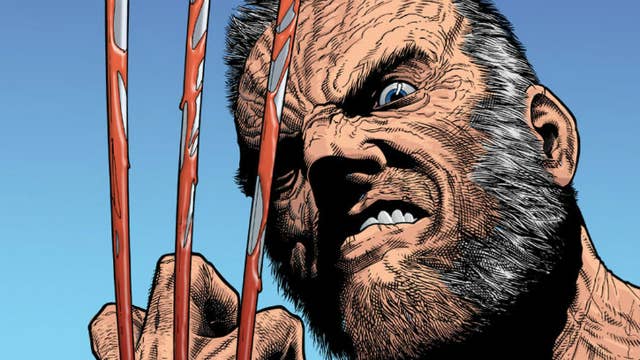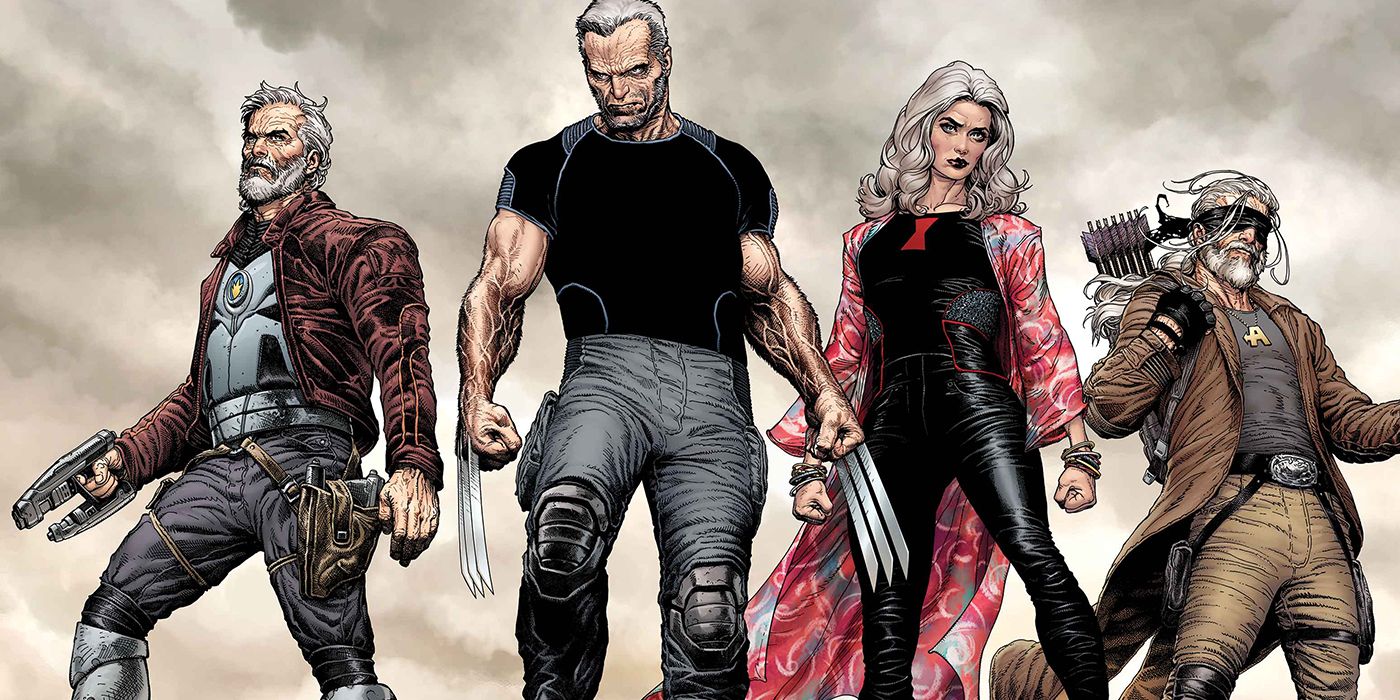Mark Millar’s “Old Man Logan” (2008-2009) is a gritty and dystopian tale set fifty years into the future where villains have triumphed. Logan, having abandoned his Wolverine identity, lives as a pacifist, tormented by the tragic event where he was manipulated into killing his fellow X-Men. The story is renowned for its dark tone and brutal portrayal of a post-apocalyptic world. Logan’s journey to reclaim his warrior spirit, avenge his comrades, and save his family from the oppressive Hulk Gang is compelling. The narrative concludes on a hopeful note, with Logan deciding to raise Bruce Banner’s youngest descendant, aiming to break the cycle of violence and rage.
In contrast, the 2016-2018 series by Jeff Lemire builds on Millar’s foundation, bringing Old Man Logan into the present-day Marvel Universe. This ongoing series follows Logan as he navigates a timeline that hasn’t yet fallen into the dystopia he remembers. Lemire’s writing shines in exploring Logan’s quest for redemption, his interactions with alternate versions of familiar characters, and his internal struggle to prevent the dark future he came from. The strength of this series lies in its deep character exploration, though the frequent time-hopping can sometimes detract from Logan’s personal development by shifting the focus to his surroundings.

Portrayal of Logan:
Both stories maintain the core essence of Logan’s character. Millar’s version captures his descent into despair and eventual resurgence, while Lemire’s continuation highlights his ongoing struggle for redemption. Millar’s story is iconic for its setup, but Lemire’s series offers a more nuanced exploration of Logan’s psyche.
Tone and Setting:
The shift from a dystopian future to present-day Marvel in Lemire’s series provides a refreshing take, though it sometimes lacks the bleak impact of Millar’s world. Millar’s setting adds a stark, oppressive atmosphere that enhances the narrative’s gravity, while Lemire’s present-day setting allows for richer character interactions.

Supporting Characters and Villains:
Millar’s villains, particularly the Hulk Gang, are more memorable and serve as a formidable threat. Lemire’s series excels in portraying alternate versions of characters Logan once knew. Millar’s antagonists are more visceral, while Lemire’s focus on character dynamics adds emotional depth.

Handling of Violence and Dark Themes:
Both series handle violence and dark themes effectively. Millar’s storyline is more graphic and shocking, fitting the post-apocalyptic setting, while Lemire’s series, though dark, is more introspective. Millar’s brutal depiction suits the story’s tone, while Lemire’s introspective approach adds layers to Logan’s character.
Jeff Lemire’s Writing and Character Exploration:
Lemire’s writing shines in moments of deep character exploration, especially Logan’s encounters with familiar faces from alternate realities. However, the frequent reality shifts can sometimes overshadow Logan’s personal growth. The added depth in Lemire’s writing is beneficial, though it occasionally detracts from the core focus on Logan.

Conclusion:
Both “Old Man Logan” stories are best appreciated together, offering a comprehensive view of Logan’s journey through despair, redemption, and adaptation. Millar’s original narrative provides a gripping, standalone story, while Lemire’s continuation enriches the character by delving deeper into his psyche and struggle to change the future. Together, they form a compelling saga that resonates with the resilience and enduring spirit of Wolverine.
By combining the gritty origins of Millar’s tale with Lemire’s introspective journey, readers get a fuller picture of Logan’s enduring fight against his past and the future he fears. Both stories, with their unique strengths, contribute to the rich tapestry of Wolverine’s character.